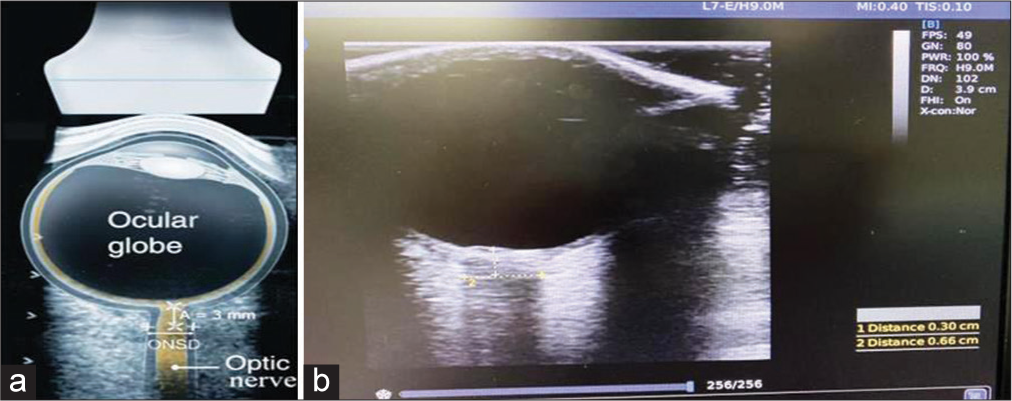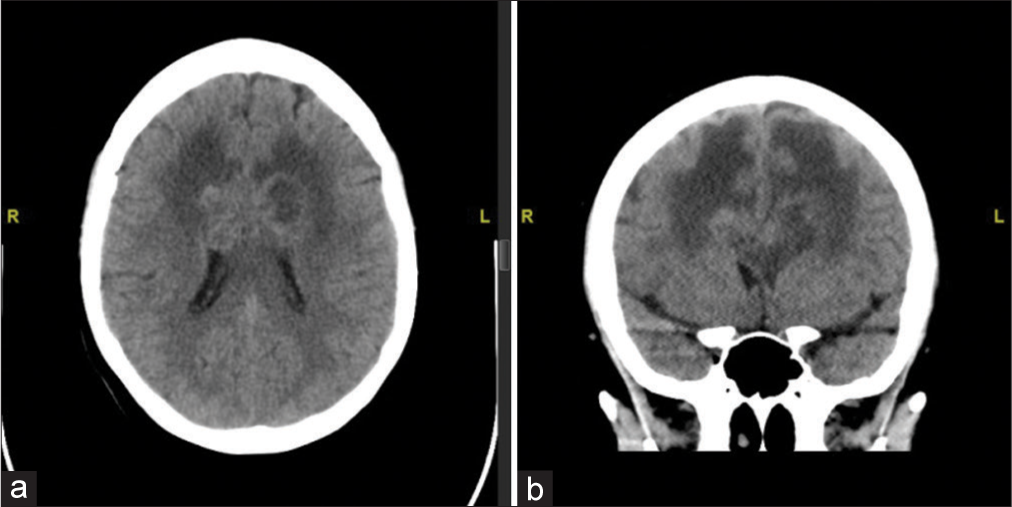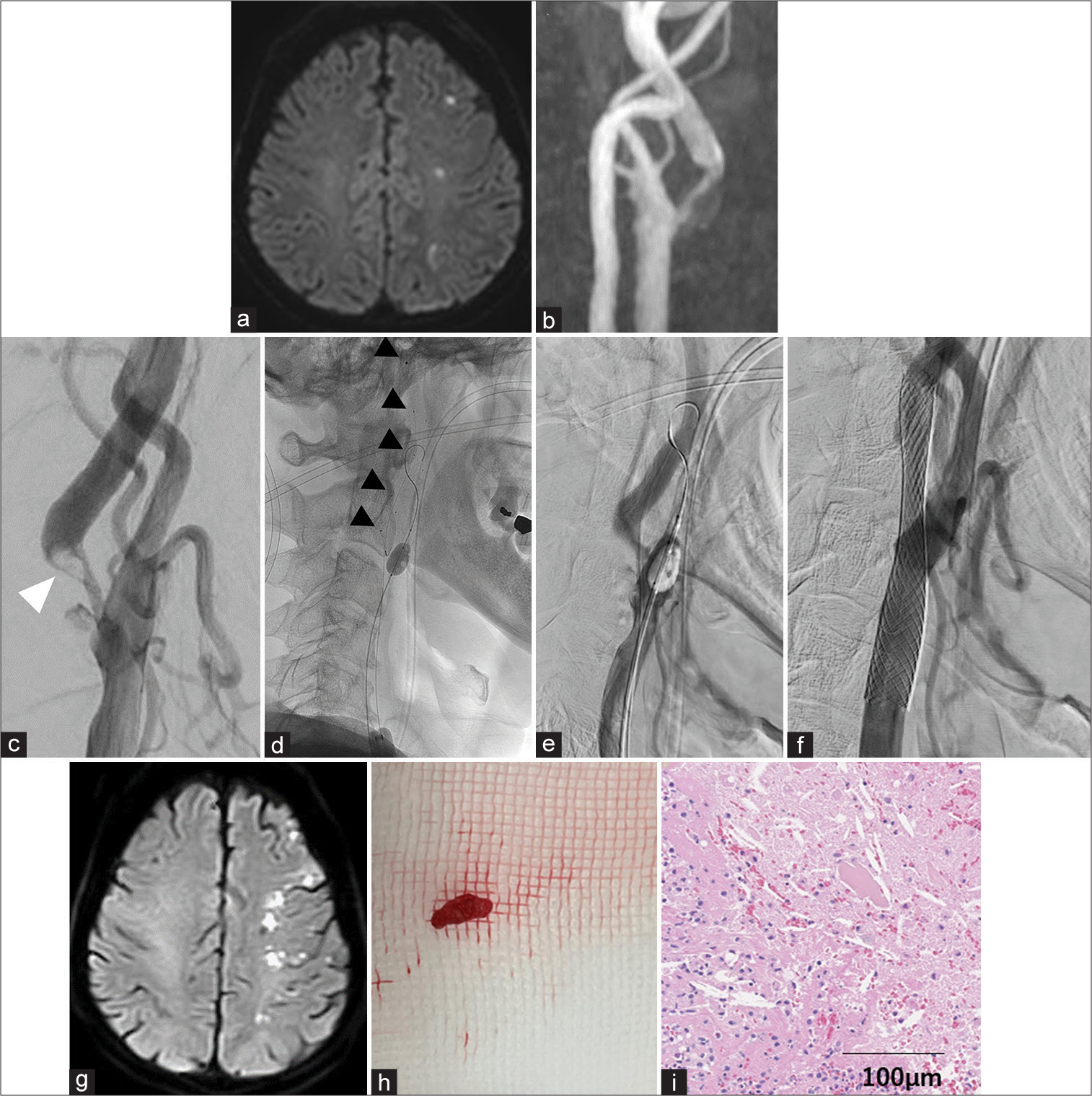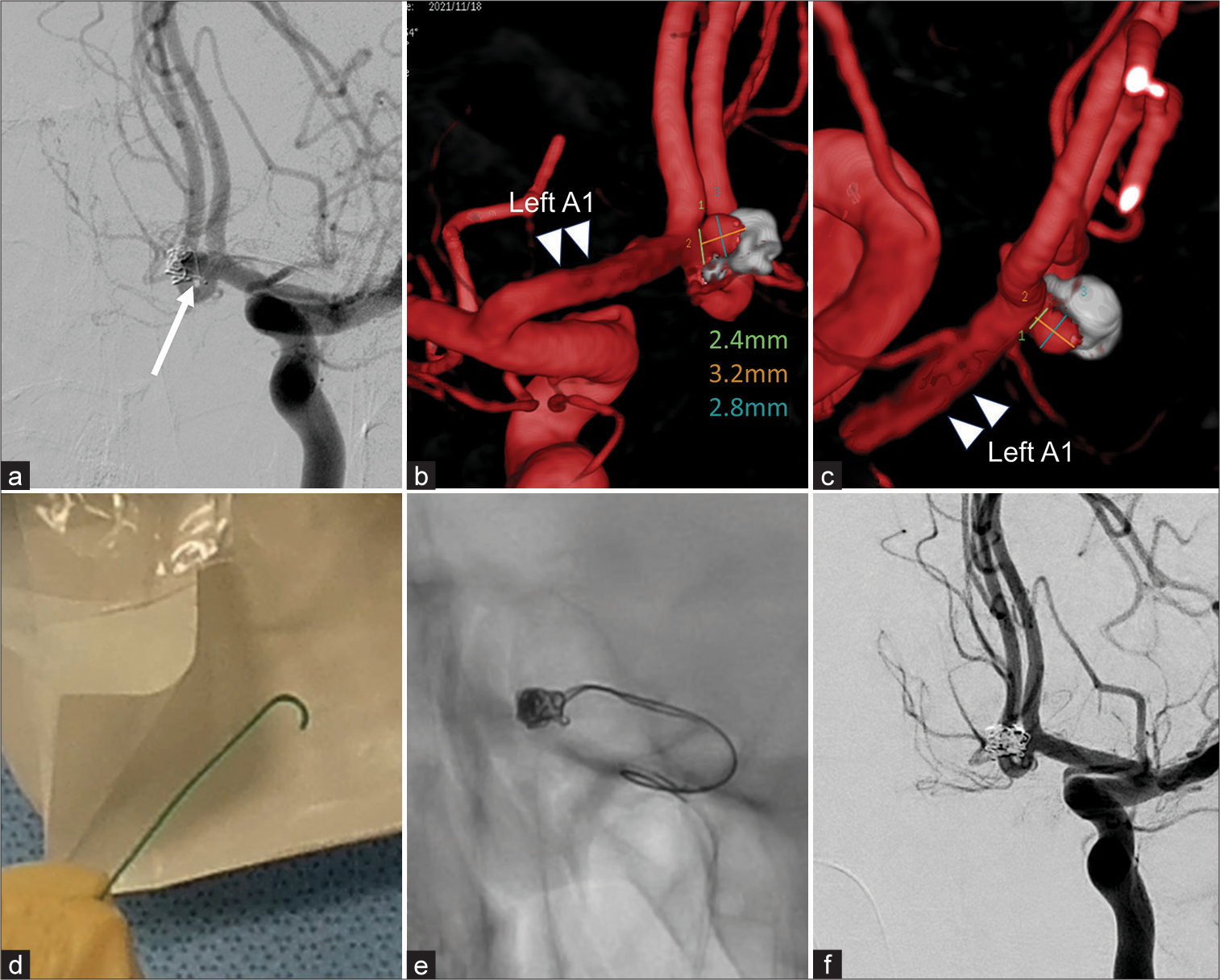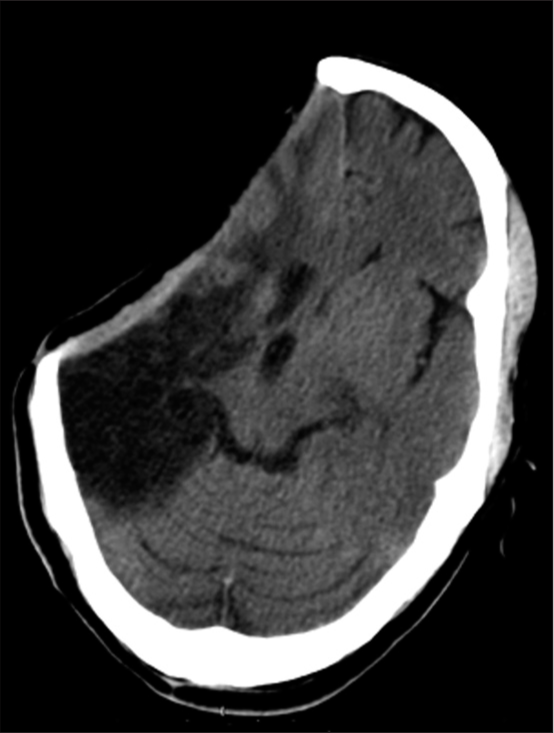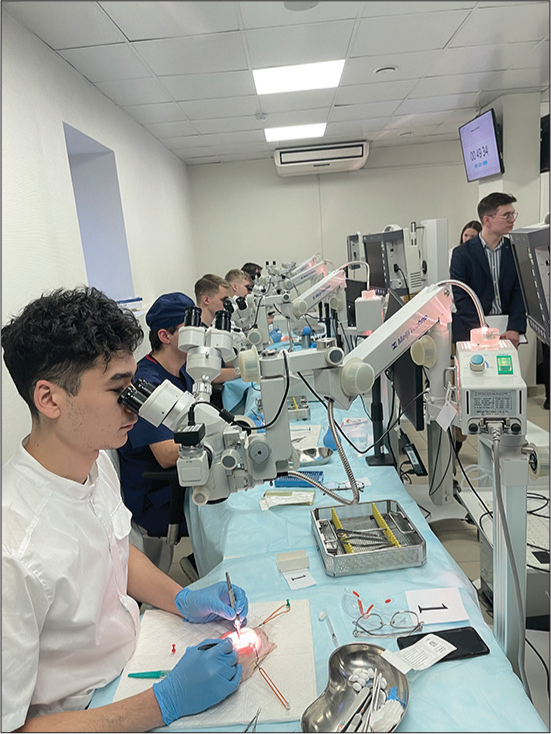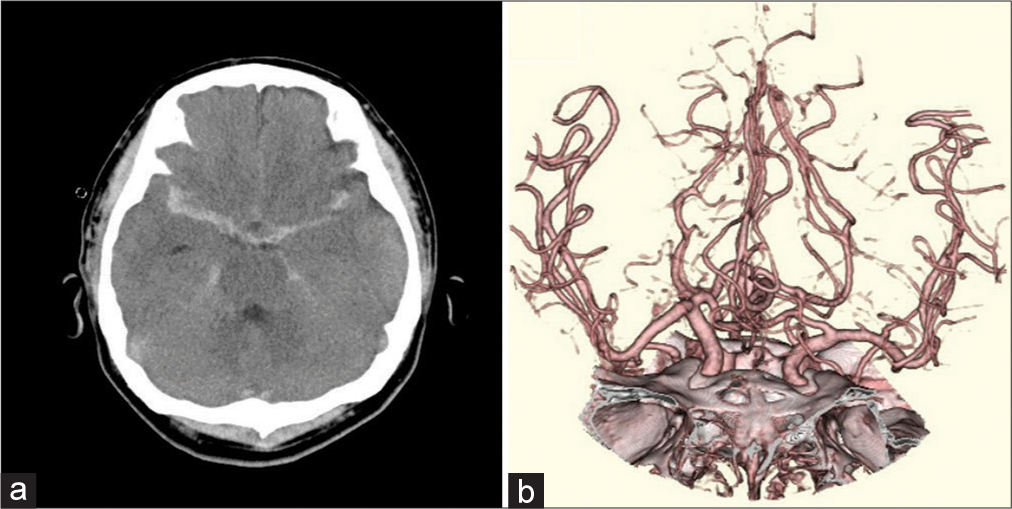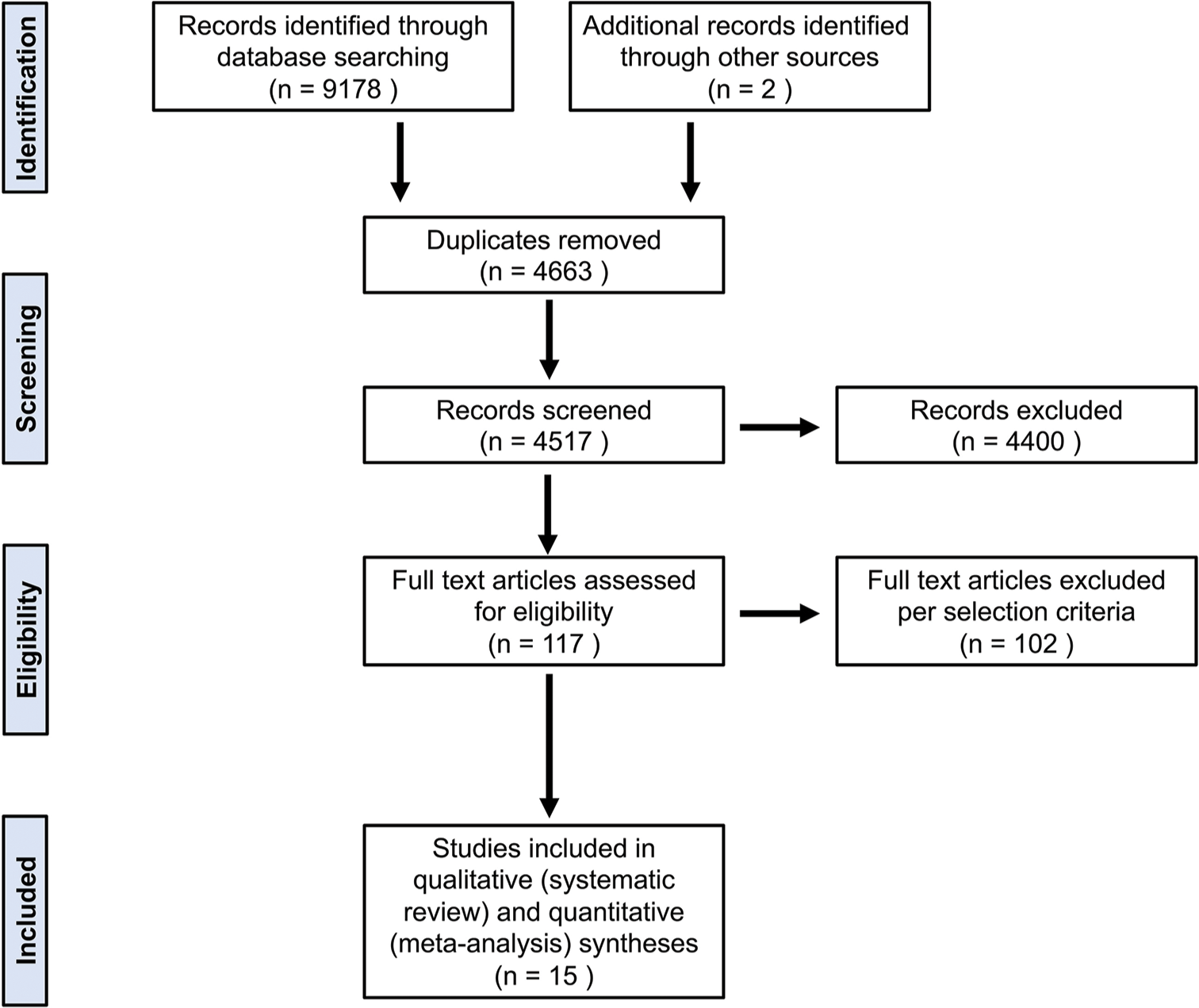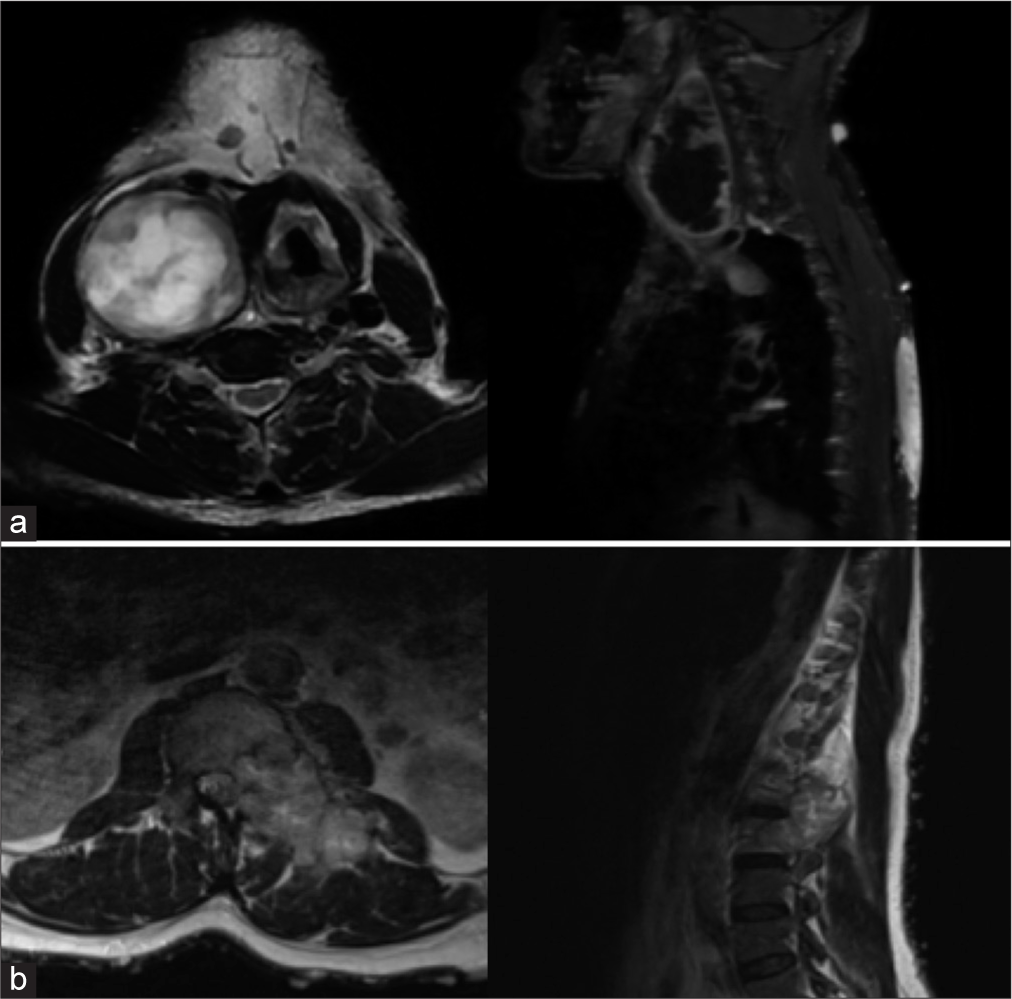Is optic nerve sheath diameter a promising screening tool to predict neurological outcomes and the need for secondary decompressive craniectomy in moderate to severe head injury patients? A prospective monocentric observational pilot study
Date of publication: 04-Aug-2023
Background: Optic nerve sheath diameter (ONSD) has been shown to be a noninvasive and quick method to calculate intracranial pressure (ICP) and subsequent neurologic outcomes, although with variable cutoffs. ICP can be indirectly assessed by noninvasive methods such as transcranial Doppler, ONSD, tympanic membrane displacement, and fundoscopy. Knowledge regarding the diagnostic accuracy of ONSD for predicting unfavorable outcomes within 72 hours (h) of moderate and severe head injury is limited. The objective of this study was to measure ONSD measurements at 24-h intervals in moderate to severe head injury patients and to find its association with clinical outcomes in the target population.
Metastatic cervical carcinoma to the brain masquerading as a butterfly glioma: A case report
Date of publication: 04-Aug-2023
Background: Metastatic cervical cancer to the brain is a rare occurrence, representing approximately 1.5% of metastatic cases. We report a rare presentation of cervical cancer with brain metastasis to the corpus callosum. The patient was initially suspected to have a primary glioma but was diagnosed with a metastatic cervical carcinoma lesion through both stereotactic and then opens biopsy.
Stent retrieval for free-floating thrombus attached to carotid artery stenosis: A report of two cases
Date of publication: 04-Aug-2023
Background: We report two cases who underwent mechanical thrombectomy using a stent retriever in advance of urgent carotid artery stenting (CAS) for carotid artery stenosis with free-floating thrombus (FFT).
Double-catheter technique for the embolization of recurrent cerebral aneurysms: A single-center experience
Date of publication: 04-Aug-2023
Background: Recurrent cerebral aneurysms have complex shapes and are often technically challenging to treat with a single microcatheter. This study evaluates the clinical characteristics and treatment outcomes of patients who received double-catheter coil embolization for recurrent cerebral aneurysms.
Spinal navigation for small thoracic intradural tumors: The challenge between minimally invasive and exoscopic magnification
Date of publication: 04-Aug-2023
Background: Spinal navigation offers significant benefits in the surgical treatment of small thoracic intradural tumors. It enables precise tumor localization without subjecting the patient to high radiation doses. In addition, it allows for a smaller skin incision, reduced muscle stripping, and limited bone removal, thereby minimizing the risk of iatrogenic instability, blood loss, postoperative pain, and enabling shorter hospital stays.
Malignant bihemispheric cerebral edema after cranioplasty – An extension of the Monro-Kellie doctrine and predictive factors
Date of publication: 04-Aug-2023
Background: Several changes in normal pressure dynamics on the brain occur with a decompressive craniectomy and subsequent cranioplasty. Dead space volume is an important factor contributing to intracranial volume postcranioplasty. A decrease in this volume due to negative suction drain along with relative negative pressure on the brain with the loss of external atmospheric pressure may lead to fatal cerebral edema.
Report of the third international Siberian neurosurgical conference (Sibneuro 22): Scientific and professional exchange in the heart of Siberia
Date of publication: 28-Jul-2023
Abstract
We present a summary of the recently held Third International Siberian Neurosurgical Conference (Sibneuro 22). Professional education, scientific exchange, and social interactions are essential in neurosurgical practice. In addition to the main program of the Congress, there were two practical pre-meeting courses: on aneurysm clipping and on intraoperative neuromonitoring. In addition, there was a 1-day seminar focusing on a role of laboratory diagnostics in neurosurgical practice. Within the framework of the Siberian Congress, there was a session devoted to inventions in neurosurgery, a rare subject of discussion at neurosurgical events. Our educational event is very important for the Siberian neurosurgery. Neurosurgeons of Siberia are a part of the world neurosurgical family. We not only try providing high-quality neurosurgical care to patients but also maintaining the academic level of education and scientific activity. The next - fourth - Siberian Neurosurgical Congress will take place in July 2024 in Irkutsk.
Ruptured proximal middle cerebral artery traumatic pseudoaneurysm treated with bypass-assisted trapping surgery: A case report
Date of publication: 28-Jul-2023
Background: Traumatic pseudoaneurysms are rare but have a high mortality rate; therefore, immediate diagnosis is vital. Most pseudoaneurysms are in the internal carotid artery or peripheral arteries, while proximal middle cerebral artery pseudoaneurysms have rarely been reported. We present a case of ruptured traumatic pseudoaneurysm located at the M1-M2 bifurcation.
Machine learning algorithms for predicting outcomes of traumatic brain injury: A systematic review and meta-analysis
Date of publication: 28-Jul-2023
Background: Traumatic brain injury (TBI) is a leading cause of death and disability worldwide. The use of machine learning (ML) has emerged as a key advancement in TBI management. This study aimed to identify ML models with demonstrated effectiveness in predicting TBI outcomes.
Multifocal malignant peripheral nerve sheath tumor in patients with neurofibromatosis type I: Report of two cases and review of literature
Date of publication: 28-Jul-2023
Background: Malignant peripheral nerve sheath tumors (MPNSTs) are one of the rarest soft-tissue sarcomas with a prevalence of 0.001% in the general population. It is closely associated with a unique neurocutaneous stigmata under the spectrum of the dermatological manifestations of neurofibromatosis type 1 (NF1). Almost 81% of MPNST arises from a precursor neuroma, and multifocality of these lesions is extremely rare, making up to 0.001% of cases. Moreover, spinal cases are extremely uncommon with only four cases reported internationally. Here, we present the fifth and sixth spinal MPNST cases with a brief review of literature.


